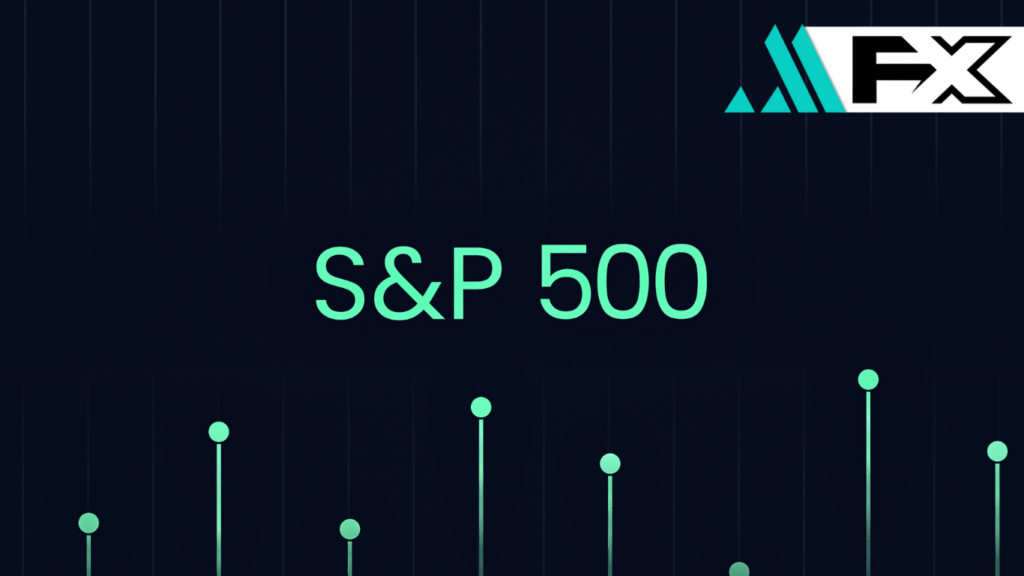U.S. equities ended sharply lower Wednesday, dragged down by renewed concerns over tech earnings and economic headwinds. The S&P 500 fell 2.24%, approaching the 5100 mark, as investors reacted to a bleak forecast from chipmaker Nvidia and hawkish signals from Federal Reserve Chair Jerome Powell.
Nvidia (NASDAQ: NVDA) reported a $5.5 billion charge related to new U.S. restrictions on AI chip exports to China, one of its key markets. The announcement triggered a sharp selloff in tech and further soured investor mood.
BTIG Chief Market Technician Jonathan Krinsky cautioned that downside risks still outweigh upside potential in the current market environment.
“The risk/reward was poor given the 5500–5600 upside versus 5000–5100 downside,” Krinsky said, warning that downside momentum remains firmly in place.
Range-Bound Trading May Persist
Despite nearing a key support zone around 5000, analysts believe the S&P 500 could remain stuck in a choppy, range-bound pattern over the coming weeks.
Krinsky likened the current market behavior to 2011, when the index bounced between support and resistance levels amid heightened economic uncertainty.
In the past week alone, the S&P 500 has fallen 4%, with the following trends emerging:
- Defensive sectors including Utilities, REITs, and Consumer Staples posted gains.
- Technology, Communication Services, and Consumer Discretionary sectors each lost 5% or more.
- The Dow Jones Transportation Average struggles to stay above long-term support, with relative performance falling to levels last seen in 2004.
“Markets continue to trade defensively,” Krinsky noted, underscoring the growing investor preference for low-volatility assets.
Economic Outlook Adds Pressure
Investor sentiment was further dampened by Fed Chair Powell’s comments on trade and inflation. Speaking at the Economic Club of Chicago, Powell warned that escalating tariffs could amplify inflationary pressures and potentially slow economic growth.
He emphasized the Fed would adopt a data-driven approach to future rate decisions, suggesting no imminent cuts.
Adding to the geopolitical risk premium, the U.S.-China trade conflict escalated after Beijing raised tariffs to 125% on American imports in response to Washington’s 145% hike on Chinese goods.
This ongoing standoff, paired with restrictive tech policies, is raising questions about global supply chains and corporate earnings sustainability—particularly in semiconductor and AI-driven industries.
Conclusion:
As the S&P 500 hovers near 5100, technical and fundamental pressures are converging to keep equities volatile. Defensive positioning may remain key in the weeks ahead.


